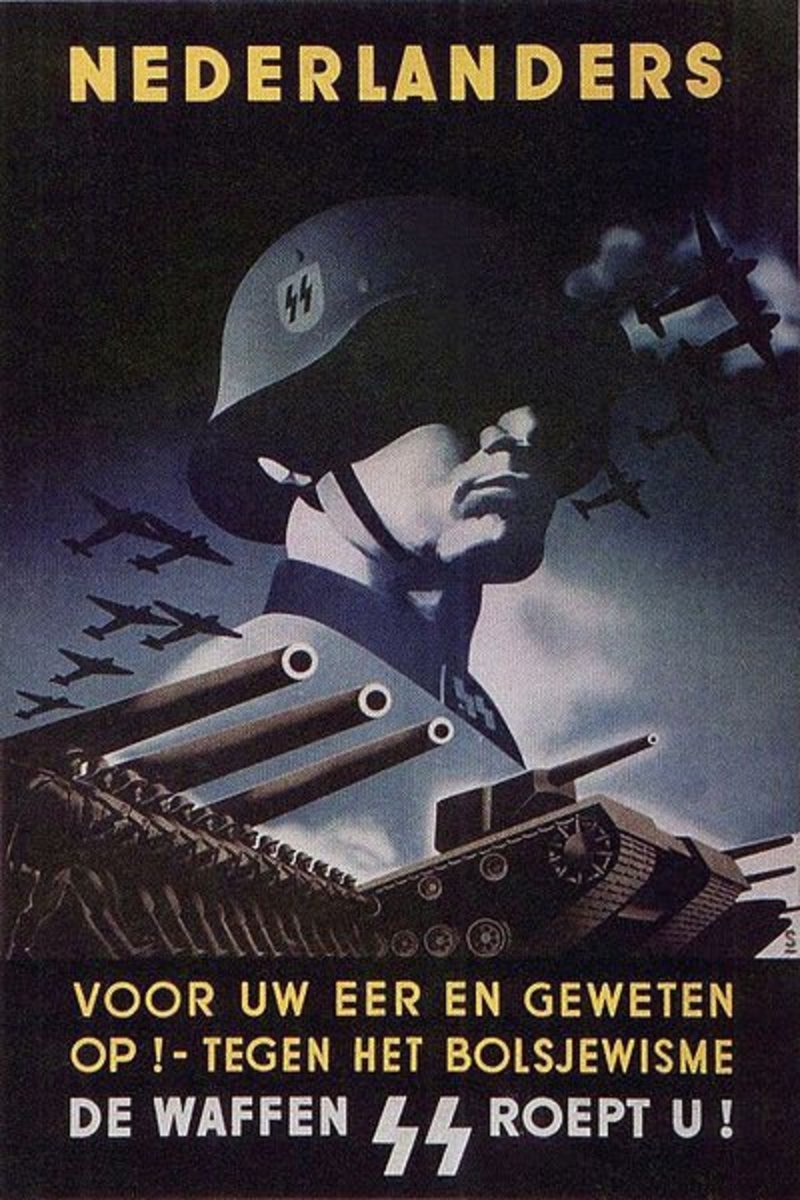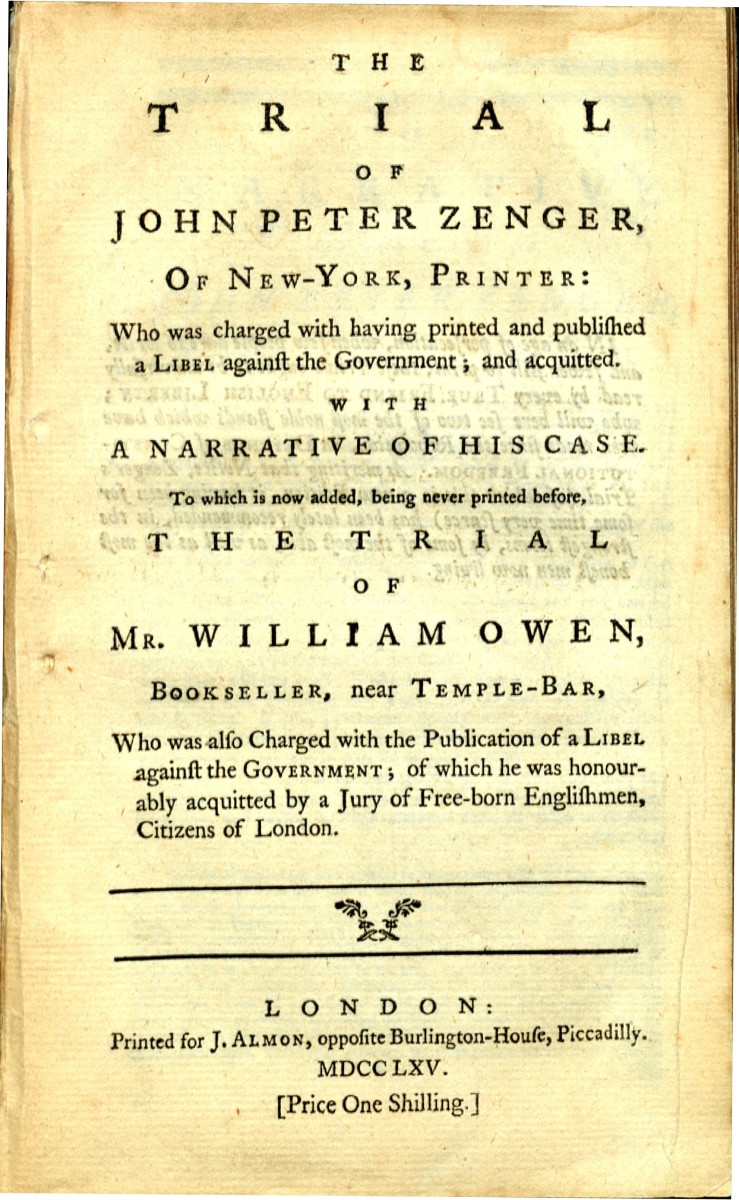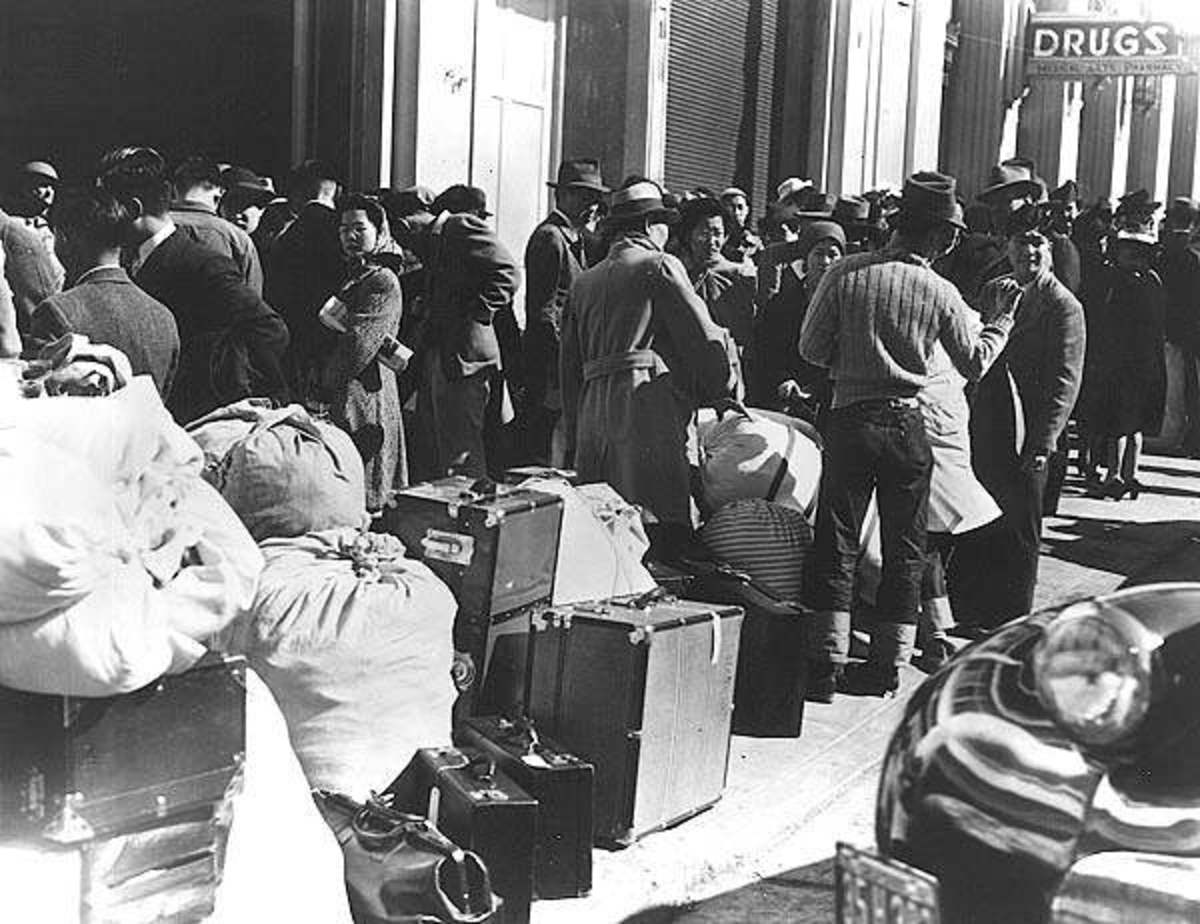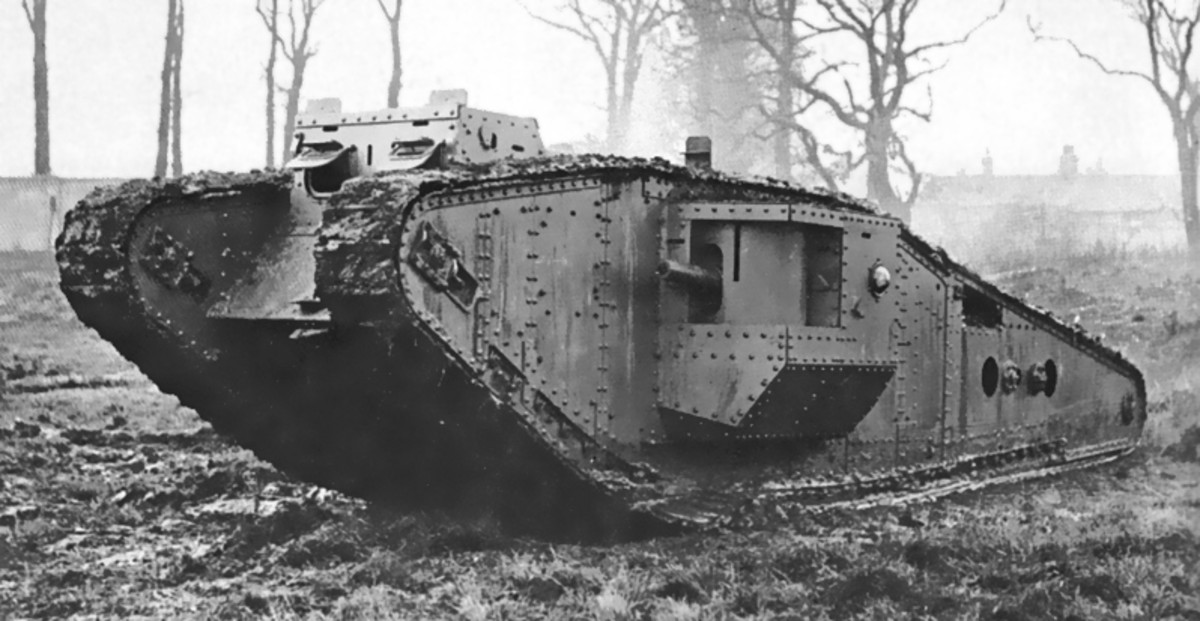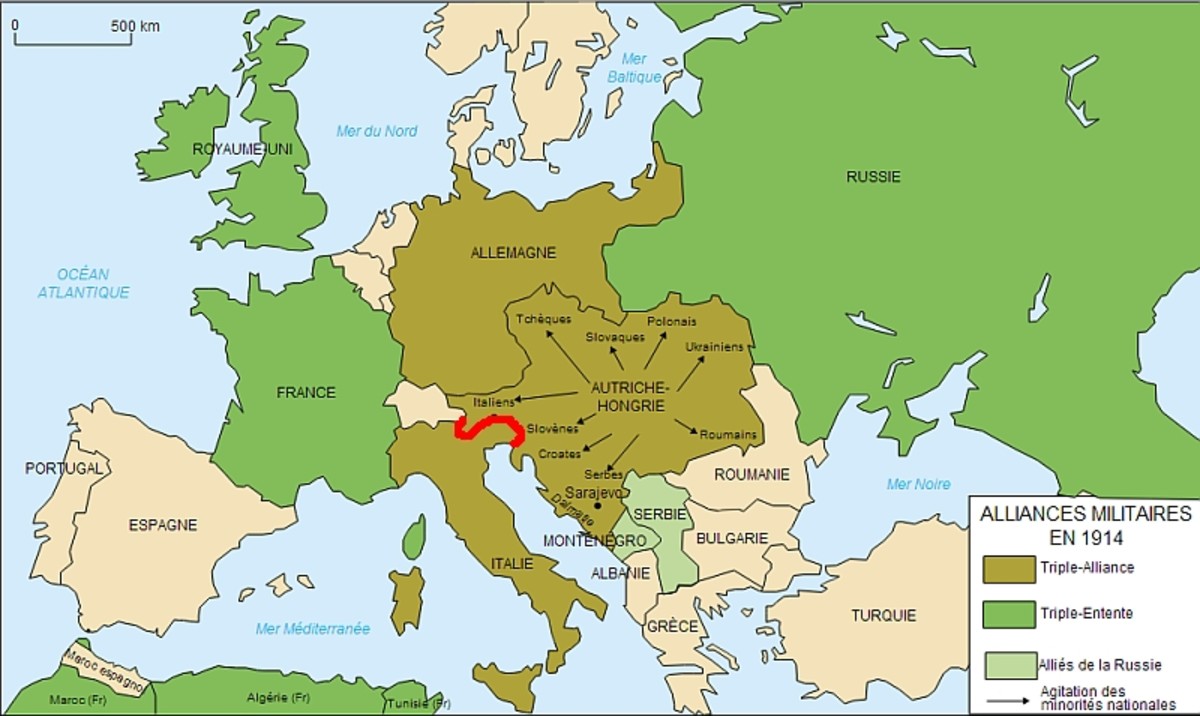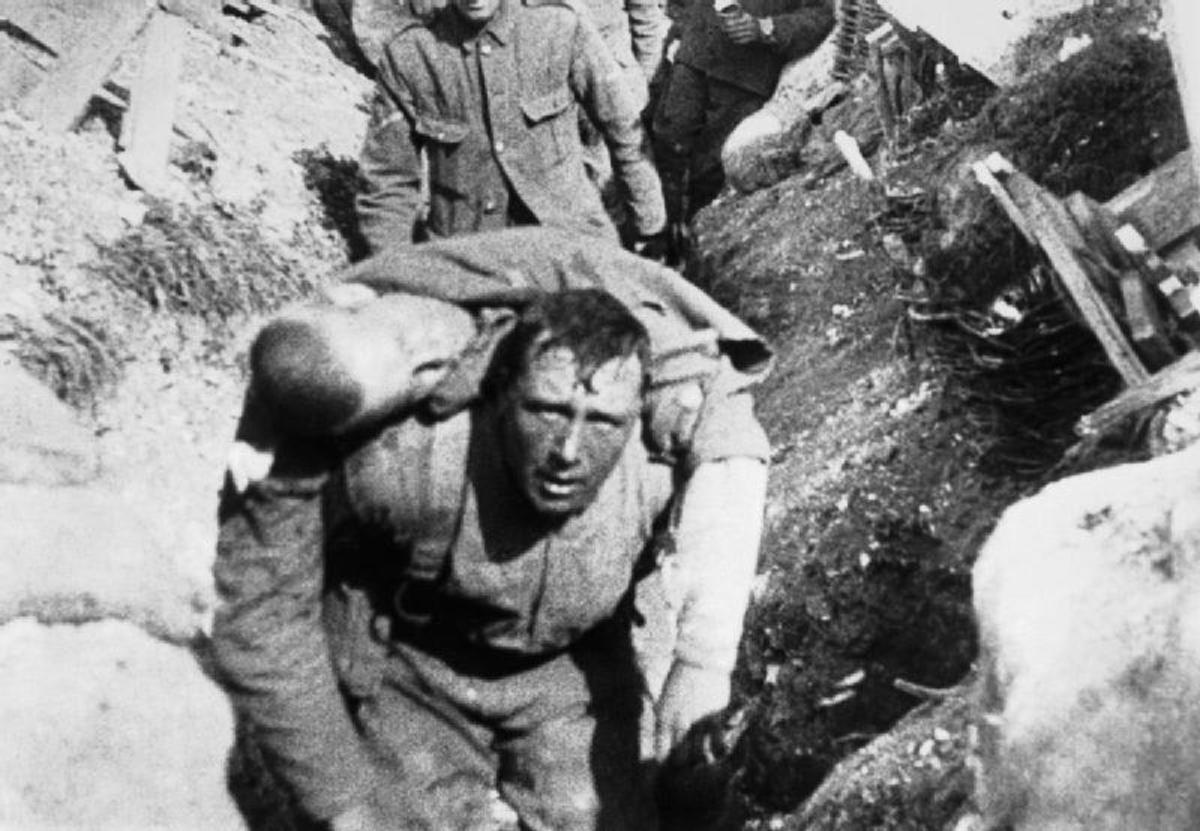- HubPages»
- Education and Science»
- History & Archaeology»
- History of the Modern Era»
- Twentieth Century History
World War 1 America Joins the Fighting
US Foreign Policy 1914
When War broke out in Europe in 1914, the United States took a neutral stance.
Congress voted on an Isolationist policy, including a "Policy of fairness", which although meant that they would not join the war America would continue to trade with both sides and banks would be allowed to lend them money.
Multi culturalism of the American population and the fear that entering into the war would give other nations political influence into United States policies were other reasons for remaining neutral and Americans also believed that a war in Europe would not affect their interests
US President Woodrow Wilson officially declared America as neutral on August 4th 1914
Despite this declaration of neutrality, events led America into the battlefield in 1917.
World War 1 Trench Warfare
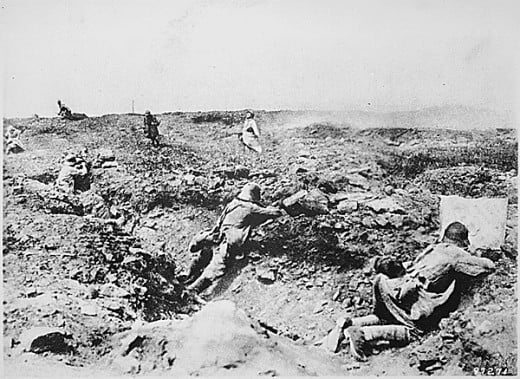
Trench Warfare
Most Americans agreed with the Governments neutrality stance although ethnic groups associated with the two sides asked for American involvement for their associated country, American German groups asked for the Government to support the German cause, American French groups asked that the Government support the French cause.
When the news came that both sides had dug themselves in to trenches, The American Government felt vindicated in their Neutrality stance.
Trench Warfare meant a futile, long drawn out war, both sides fighting to gain territory inch by inch in conditions that were barbaric and horrific.
Propaganda of world war 1
British and German Propaganda in America
Britain and Germany bombarded America with propaganda leaflets, Britain, tried to strengthen their already close bond with Americans, asking for their support as "Cultural brothers".
Americans held little trust in Germany whom they seen as dangerous and war mongering and the German propaganda was looked at with disdain by most people.
The mistrust of Germany continued in the workplace, with accusations flying of industrial espionage, and infiltration of the unions.
RMS Lusitania
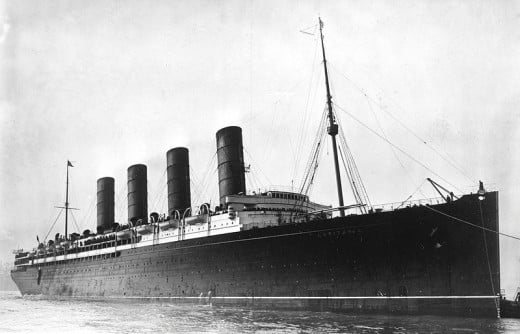
RMS Lusitania
Before 1915, The German policy was to warn passenger ships before firing on them to allow time for evacuation of the passengers. This changed because Germany believed that some enemy ships were flying the neutral flag as a way of safe passage to their destinations.
On May 7th 1915, A German U-boat Captain saw the Lusitania, sailing just off the coast of Queens town, Ireland and without warning fired a torpedo which penetrated the hull of the Lusitania, just below the waterline, there was a second internal explosion on the ship and within eighteen minutes of being hit the Lusitania sank.
The sinking of the Lusitania killed 1,195 of the 1,959 passengers and staff who were on-board including 123 Americans.
The loss of the Lusitania Sparked unrest amongst the American people, and it became a major factor in America’s decision when they did eventually enter the war.
German WW1 U-boat

Wilson's Ultimatum to Germany 1916
Almost a year after the sinking of the Lusitania, German U-boats sunk RMS Sussex, which again had American citizens on board, the American public were outraged and some called for "Immediate warfare" including Theodore Roosevelt.
In 1916 President Wilson Sent out a declaration to Germany,
"Unless The Imperial Government immediately stop their current methods of submarine warfare against passenger and freight carrying ships, The United States Government will have no choice but to sever diplomatic relations with the German Empire altogether."
The Germans responded with a temporary cessation of Submarine warfare.
Wilson also ordered an increase of America's military forces.
Woodrow Wilson Campaign Pin
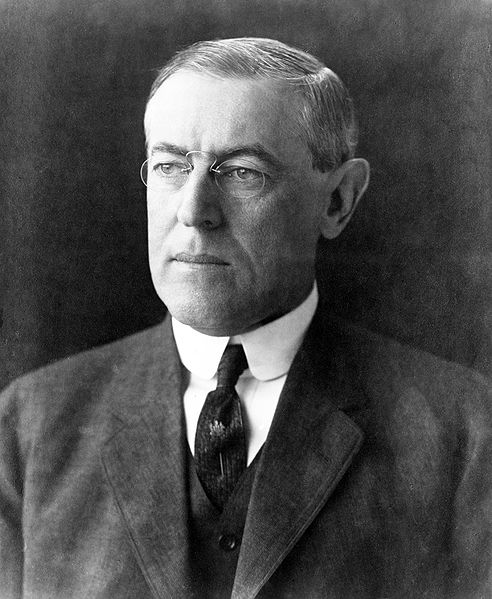
Wilson Re-elected
In 1916 with the slogan "He kept us out of war" Woodrow Wilson by a narrow majority won the presidential election. In the next few months he tried to find a way to bring an end to the war through peaceful negotiation.
He came up with a fourteen point plan which included plans for a league of nations, which would avoid war in the future, by political means.
He sent out a simple question to both sides
"What would it take for them to be willing to end the war?"
The British and the French answer came and the only way that they would be willing to accept peace would be through a total victory.
Germany replied with an answer that avoided the question completely.
Regardless of this, Wilson continued his fight for peace.
The Zimmerman Telegram
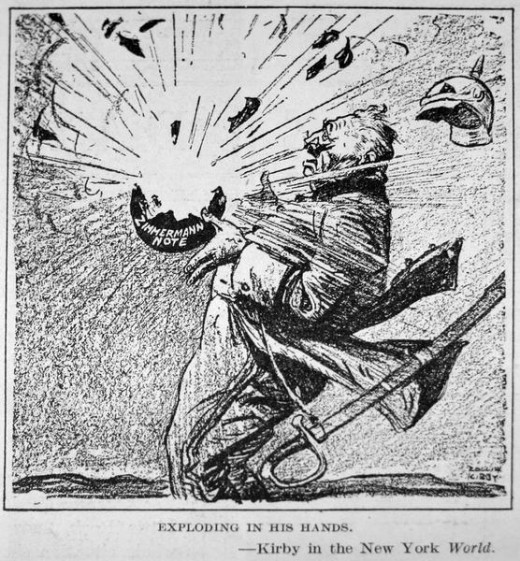
America Goes to War
In 1917 Germany killed off any chance of a peace treaty with the continuation of submarine warfare, putting an end to diplomatic relations with America. However, German military strategists predicted certain defeat for them if America entered the war at this time.
In an attempt to eliminate the threat of America joining the battle in Europe, German foreign Minister Alfred Zimmerman sent a telegram to Mexico and Japan to try to get them to attack the United States Zimmerman also promised German assistance in the attack when Victory in Europe was secured..
The Zimmerman Telegram was intercepted and decoded by the British and sent to America.
The Telegram along with the continuing submarine warfare was the final straw for the American people and in April President Wilson asked Congress for permission to go to war, on April 6th 1917 Congress officially declared War on Germany.
Wilson and his fellow Americans justified their involvement as “An act of high principle and idealism and as a crusade to make the world safe for democracy".

